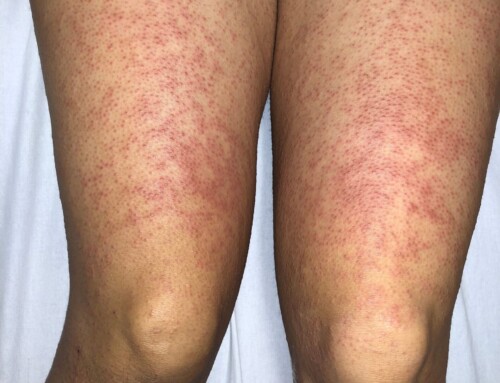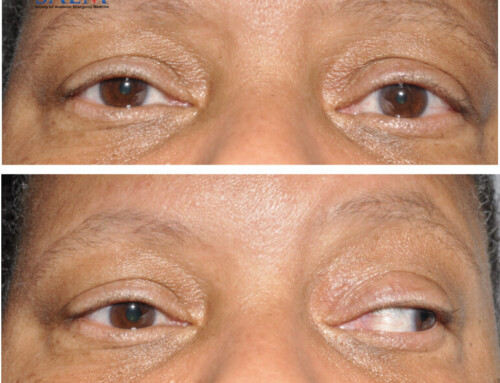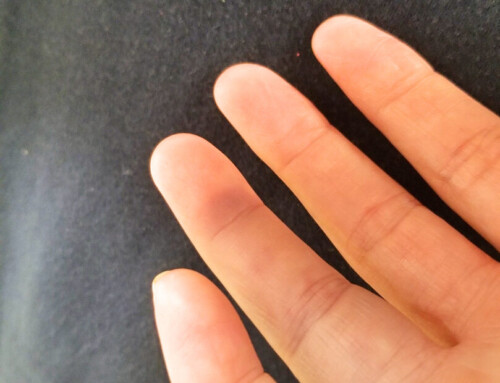
A 19-year-old female with a past medical history of epilepsy presented to the emergency department for evaluation of rash and fever. Two days prior to presentation she began to experience fevers with a Tmax of 103°F. One day before presentation she developed a rash that began on her face and slowly spread down her body, now involving her palms. The patient endorsed associated pruritus and cervical lymphadenopathy with the rash. The patient specifically denied mucous membrane involvement (mouth, eyes, genitalia), vomiting, diarrhea, dysuria, hematuria, neck stiffness, cough, dyspnea, chest pain, or exposure to ticks or exotic animals. Of note, she reported that her dose of lamotrigine has been slowly uptitrated, most recently two days prior changing from 50 mg BID to 75 mg BID.






